Asia’s Historic Sites: A Traveler’s Guide
Asia is a continent rich in history and culture, with countless historic sites that offer a glimpse into its diverse and fascinating past. From ancient temples and grand palaces to historic cities and archaeological wonders, these sites tell the stories of the civilizations that have shaped the region.
1The Great Wall of China
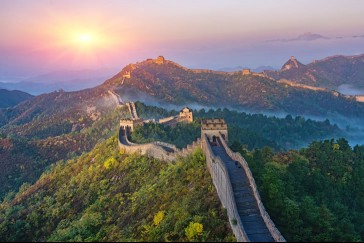
The Great Wall of China is one of the most iconic and recognizable historic sites in the world. Stretching over 13,000 miles, it was originally built to protect Chinese states and empires from nomadic invaders. Construction of the wall began as early as the 7th century BC and continued through various dynasties, with the most well-known sections built during the Ming Dynasty (1368–1644). Visitors can explore different sections of the wall, such as the restored areas near Beijing, including Badaling and Mutianyu, or the more rugged, less crowded sections like Jiankou and Simatai. Walking along the Great Wall offers stunning views of the surrounding landscapes and a deep sense of history, as you follow in the footsteps of the soldiers who once guarded this monumental structure.
2The Forbidden City, China
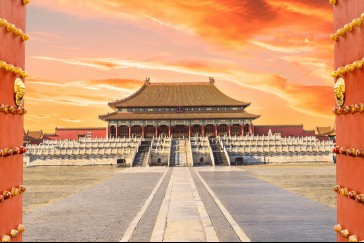
The Forbidden City, located in the heart of Beijing, was the imperial palace of the Ming and Qing Dynasties and is one of China’s most significant cultural heritage sites. Constructed in the early 15th century, it served as the home of emperors and the political center of Chinese government for nearly 500 years. The vast complex consists of nearly 1,000 buildings, including ceremonial halls, living quarters, and gardens, all surrounded by a massive wall and moat. Visitors can explore the Hall of Supreme Harmony, the largest and most important building, the Imperial Garden, and many other intricately decorated structures. The Forbidden City is a UNESCO World Heritage site and a symbol of China’s rich history and architectural prowess.
3The Taj Mahal, India

The Taj Mahal, located in Agra, India, is one of the most beautiful and iconic buildings in the world. Commissioned by Emperor Shah Jahan in 1632 in memory of his beloved wife Mumtaz Mahal, the Taj Mahal is a stunning example of Mughal architecture. The white marble mausoleum is adorned with intricate inlay work of semi-precious stones, and its central dome is flanked by four minarets. The surrounding gardens, reflecting pool, and other buildings add to the site’s breathtaking beauty. Visitors can marvel at the exquisite craftsmanship, explore the mausoleum’s interior, and learn about the romantic and historical significance of this UNESCO World Heritage site. The Taj Mahal remains a symbol of love and an enduring testament to the architectural brilliance of the Mughal era.
4Kyoto’s Historic Temples, Japan
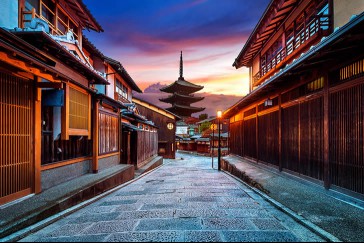
Kyoto, Japan, is home to a wealth of historic temples that reflect the country’s rich cultural and religious heritage. Among the most famous are Kinkaku-ji (the Golden Pavilion), a Zen Buddhist temple covered in gold leaf; Fushimi Inari-taisha, known for its thousands of vermilion torii gates that form a path up Mount Inari; and Kiyomizu-dera, which offers stunning views of Kyoto from its wooden stage. These temples, along with many others in the city, showcase traditional Japanese architecture, serene gardens, and significant religious artifacts. Visiting Kyoto’s temples provides a deep insight into Japanese history, spirituality, and artistry, making it a must-see destination for any traveler interested in Asia’s historic sites.

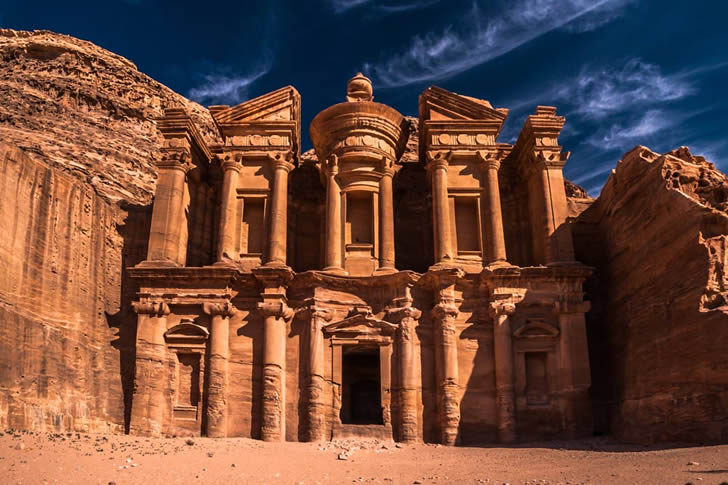
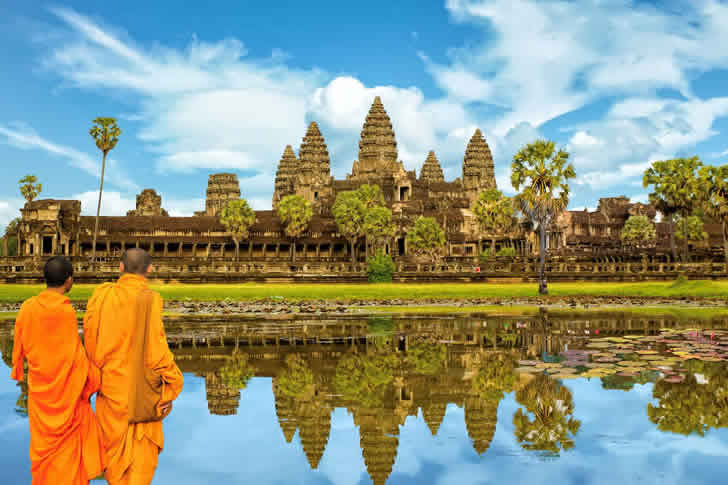
Comments on "Asia’s Historic Sites: A Traveler’s Guide" :